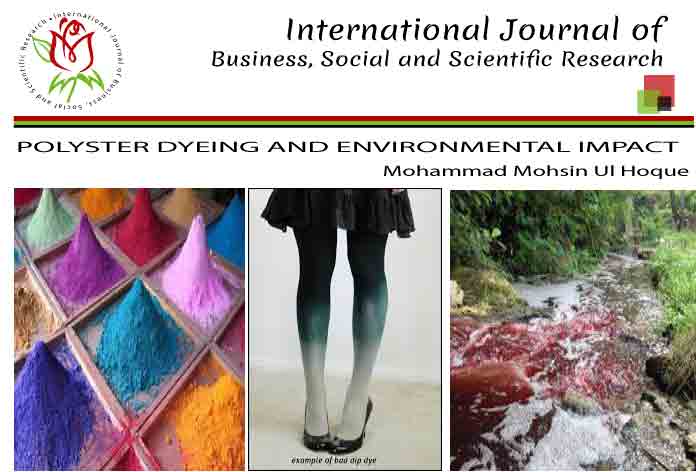POLYSTER DYEING AND ENVIRONMENTAL IMPACT

Present developments in textile wet Processing aim to achieve zero pollution by operation. Many dyes and chemicals used in textile processing remain unused after the absorption of dye in yarn or fabric such as disperse dyes, i.e. their absorption / exhaustion. Polyester dyeing with disperse dyes has been found to give much higher concentration of polluting substances resulting in greater harmful effects. Carriers have been a serious concern for environment due to their adverse effect regarding toxic nature. All these chemicals are very hard to biodegrade and some are very toxic. Substances like chlorinated aromatic compounds, o-phenyl phenol, biphenyl and other aromatic hydrocarbons and phthalates, in the carrier formulations are the sources of concerns such as human and aquatic toxicity, high volatility and high odor intensity. Environmentally Optimized Carriers can be used for polyester/wool blends as they are having biodegradable and bio-eliminable properties. Both these carriers have high affinity for aqueous medium which makes them easy to prepare and also easy to be removed at the end of dying process. The objective of this paper is to investigate atmospheric emissions and to find out sustainable dyeing solution to reduce textile industrys environmental footprint.

